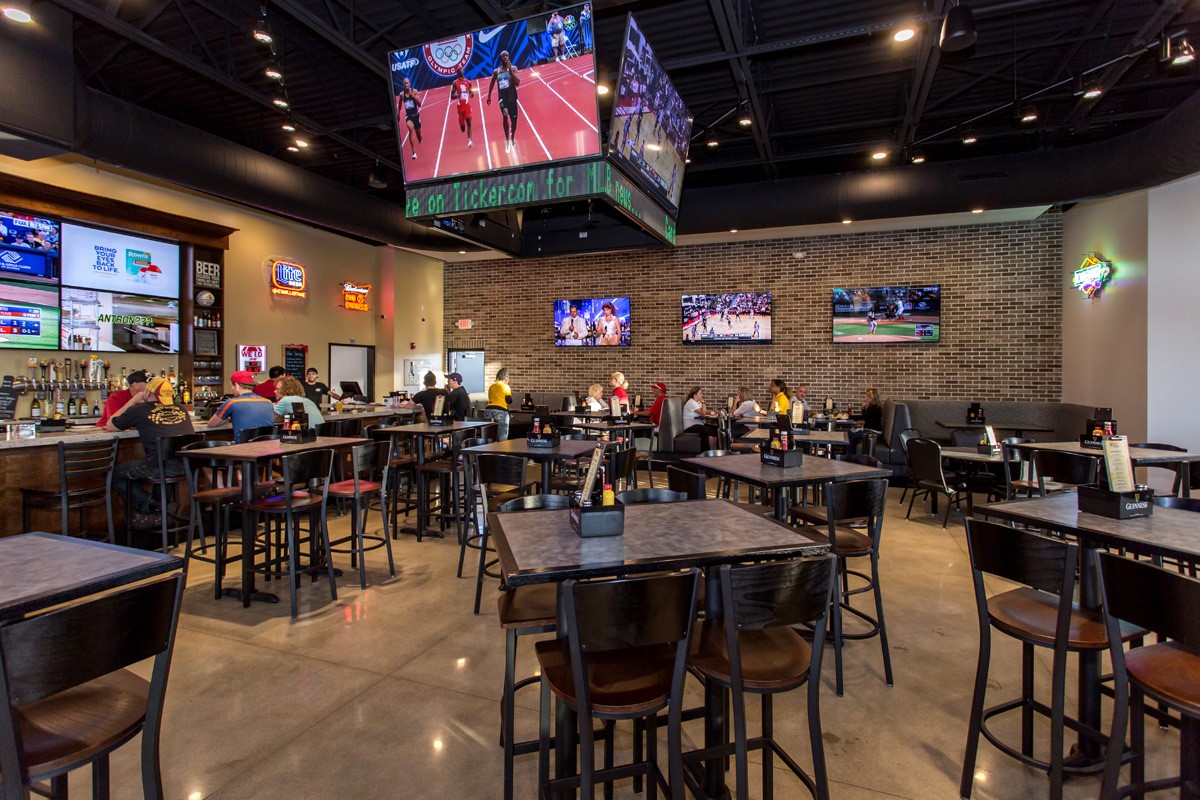Integrating Traditional Systems utilizing Advanced Audio Connectivity Technologies for Improved Performance as well as Adaptability.
Integrating Traditional Systems utilizing Advanced Audio Connectivity Technologies for Improved Performance as well as Adaptability.
Blog Article
Within the current rapidly evolving world of audio technology, the need to enhance efficiency and flexibility in audio solutions is more important than ever before. Numerous organizations and venues still depend on outdated systems, which are older technologies that may not have the capabilities of modern devices. Nevertheless, harmonizing these legacy systems with cutting-edge sound communication technologies can lead to substantial improvements. Audio networking enables for better communication between equipment, making it easier to manage and manage sound throughout different areas.
A of the key advantages of integrating legacy technologies with modern sound communication is increased adaptability. Traditional sound systems often require complicated wiring and restricted routing choices. With sound networking solutions like Dante or AVB, audio signals can be transmitted over standard Ethernet cables. This implies that users can readily connect multiple units without the need for extensive reconfiguration. Whether within a concert venue, a educational auditorium, or a business function, this flexibility enables for rapid adjustments and changes to the sound setup without major downtime.
Performance is a further significant factor that improves when older technologies are modernized with current communication solutions. Legacy systems may have difficulty to deliver high-quality sound, especially in larger spaces or in complex occasions. By adopting audio networking, entities can take advantage of advanced capabilities such as minimal latency, timing, and electronic signal processing. These advancements help ensure that audio is clear and uniform, improving the overall experience for listeners and performers alike. This shift can create a noticeable difference in the way audio is perceived in various environments.
Moreover, integrating outdated systems with modern solutions can lead to financial savings in the long term. Although upgrading to new equipment may necessitate an upfront cost, the effectiveness gained through audio communication can reduce maintenance costs and decrease the requirement for ongoing repairs. Furthermore, connected systems often require fewer tangible room than traditional setups, which can reduce on property expenses in venues. Organizations can distribute funds more effectively, using the savings they retain to allocate resources in view website other critical fields.
Finally, educating staff on how to operate combined systems becomes simpler with audio communication. Numerous modern audio networking platforms come with user-friendly controls and distant management capabilities. This indicates that including those who may not extensive technological knowledge can learn to operate and control the audio systems efficiently. Educational programs can be designed focused on these technologies, enabling personnel to maintain and diagnose technologies with confidence. By combining the legacy with the new, organizations can create a more competent and knowledgeable workforce, in the end leading to better sound outcomes for everyone involved.